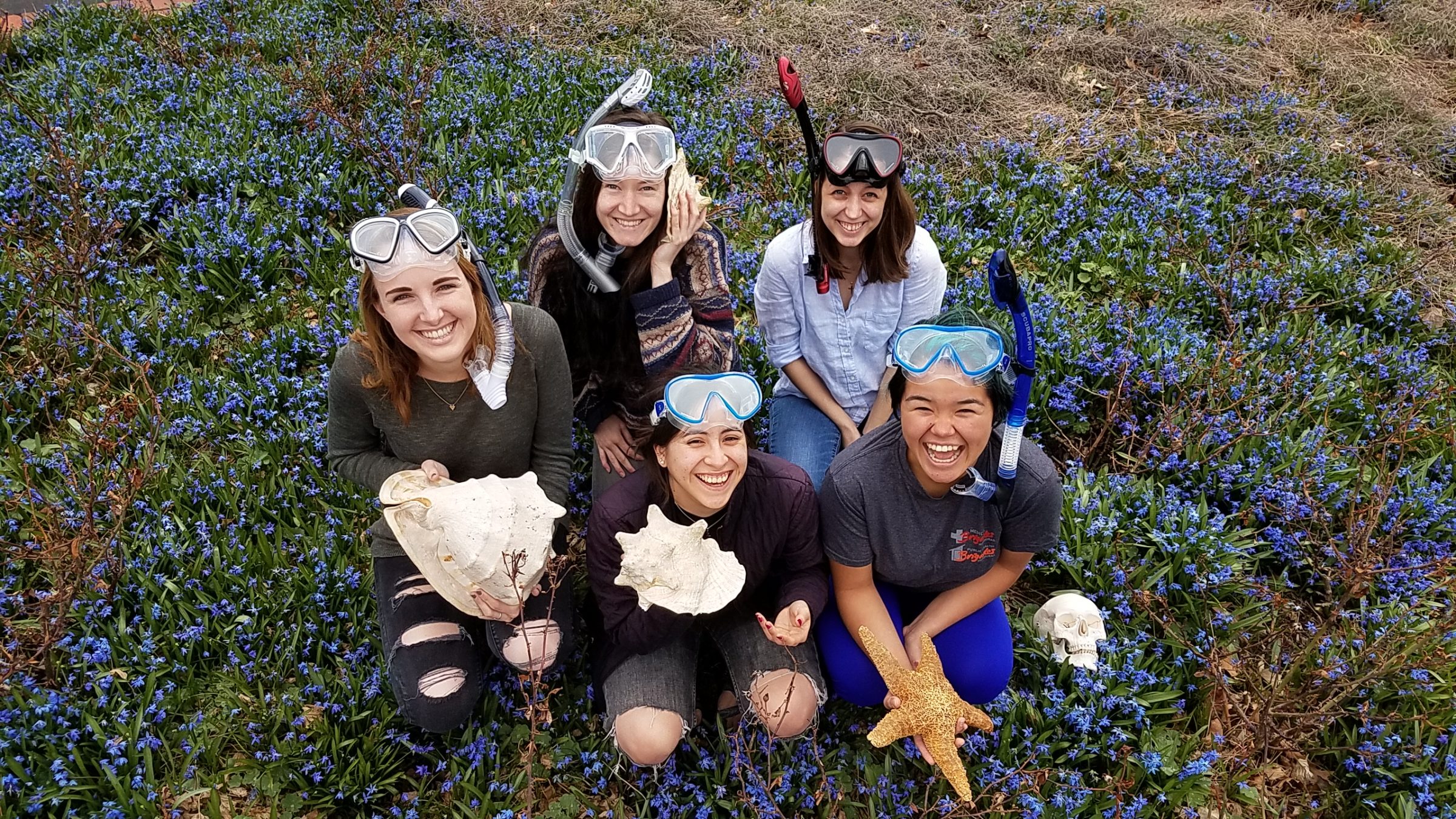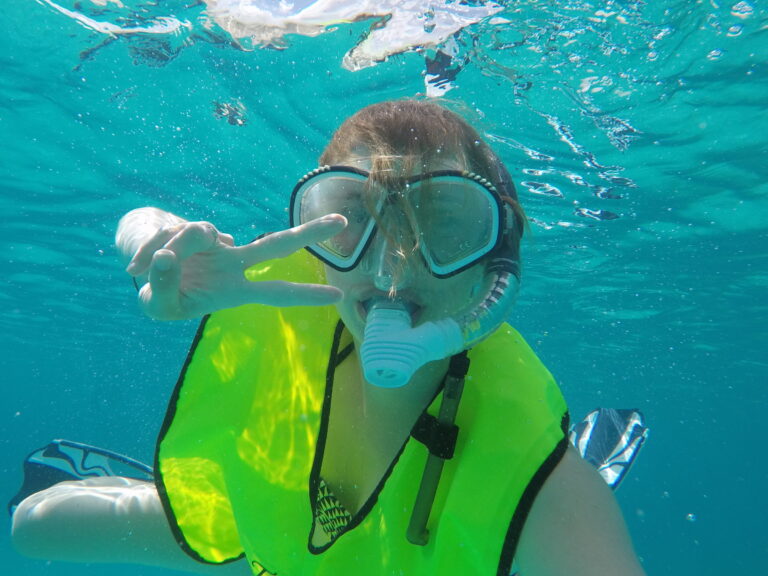This is a student blog post submitted by Leslie Nelson C’19. Leslie is a Biology major.
Over these past two days through these experiences and countless others, our team was more excited than ever to see what San Salvador had in store for us.
Upon arrival at our home for the trip, the Gerace Research Centre (GRC) on the island of San Salvador, we once again encountered Bahamian island time contrasted with the military-style scheduling of GRC. At GRC, meals run like clockwork at specified times, no exceptions. If you show up too late for a meal, you won’t be eating. Further, there are other specific times such as quiet hours as well as the return of GRC vehicles. All this precise timing facilitates smooth function, courtesy, and even safety (many vehicles lack working headlights, wipers, speedometers, doors that latch shut, and other “unnecessary” luxuries). Additionally, the GRC guests are mostly scientists from around the western hemisphere with multiple research foci; strict schedules allow for better coordination across campus. Passing through the gate of the GRC puts you in a different temporal space than the laid-back style of the islanders, who never seem to be in a rush or even on a specific schedule.

Further, there seems to be a more welcoming attitude on the Bahamian islands than you would find in many US cities. This is most apparent while traveling the roads. Driving up to GRC following our arrival on San Salvador, we were told by the campus director to wave as cars pass each other on the Queens Highway, the one road around the island. Waving is part of the culture here on the island, as everyone knows each other and therefore there is an almost obligatory friendliness. Perhaps it is because everyone on the island is family, in some sense.

On Nassau, as well as San Salvador, honking on the road is more of a friendly ‘hello’ than an annoyed ‘what do you think you are doing?’


